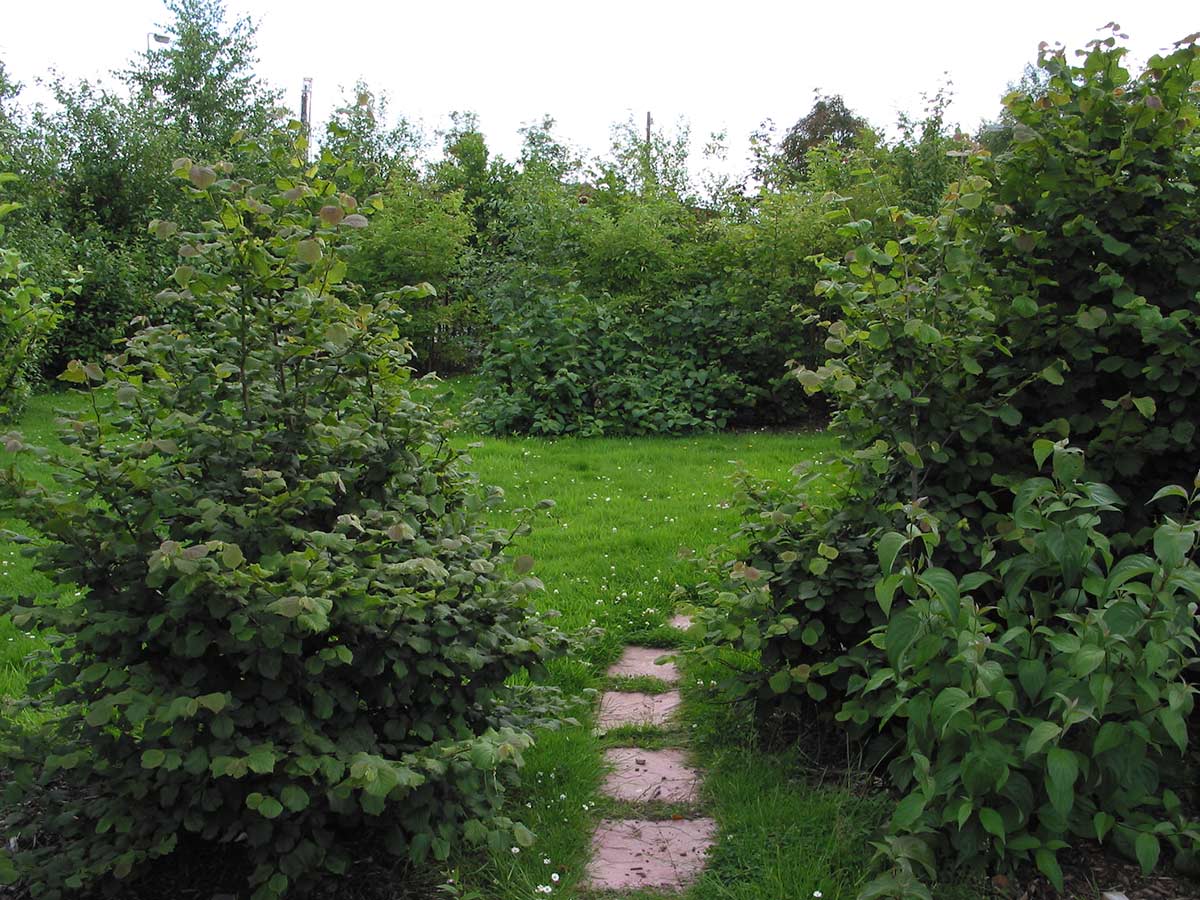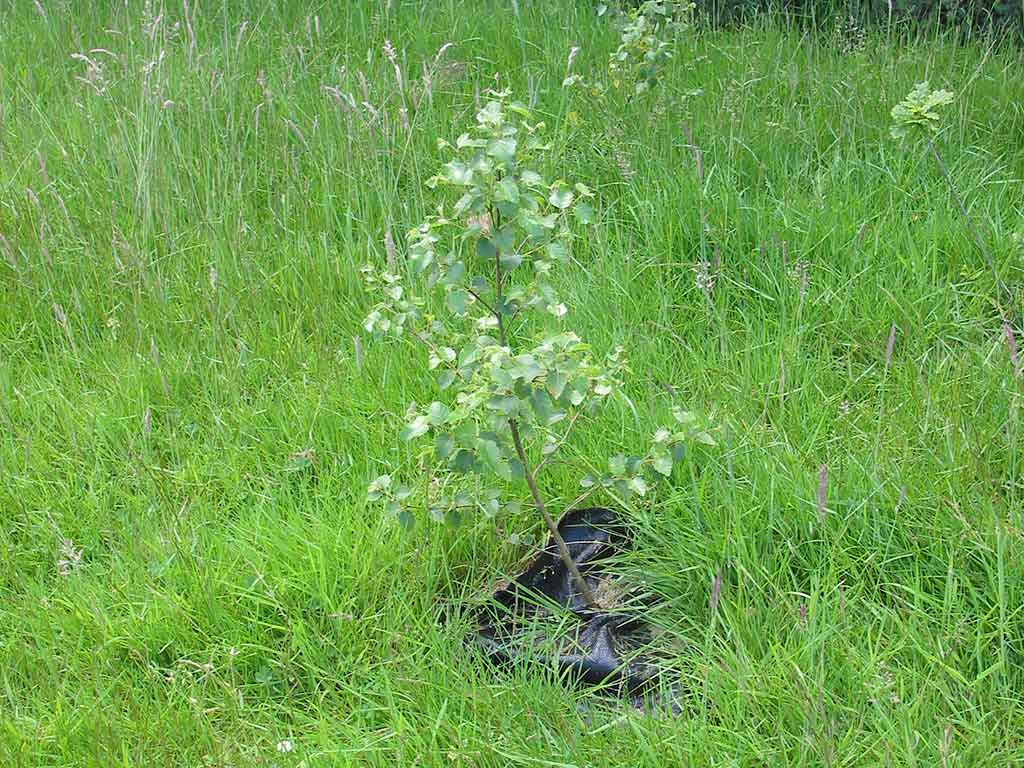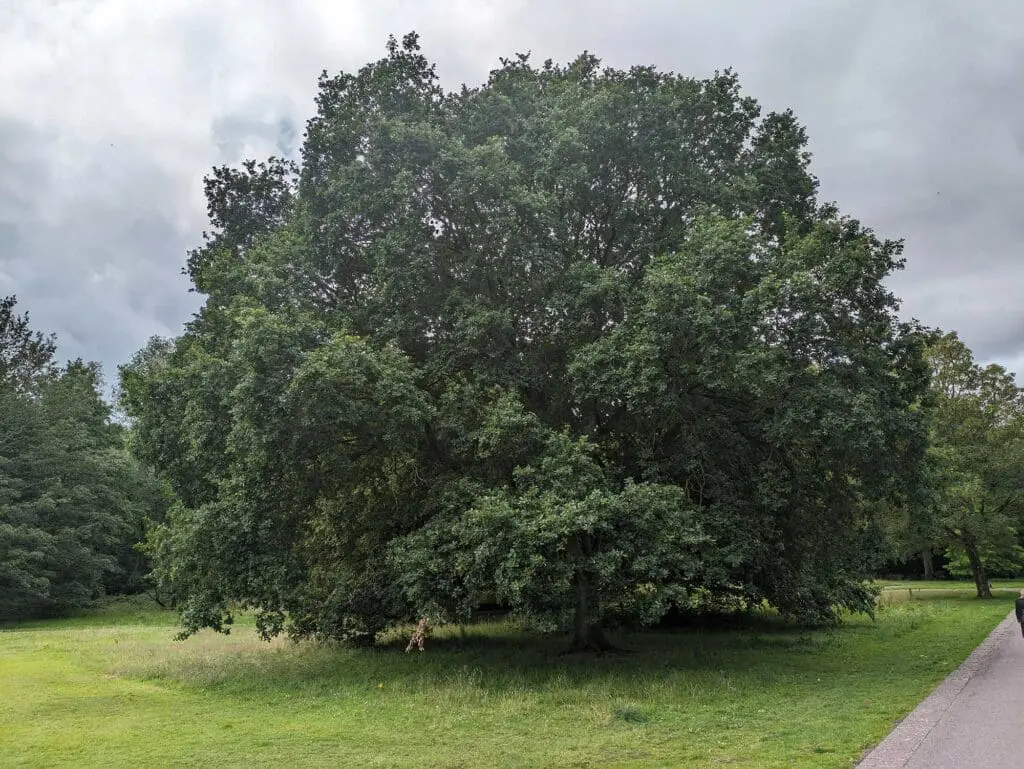Longing for a break from bustling city life? Want to relax in the shade and take a deep breath of clean air while listening to lovely birdsong, but don’t have enough time for a trip to a woodland? Why not escape to a breathing space in your own garden?
An essential part of creating any wildlife garden is planting trees. As the “lungs of the earth” our trees protect us from damaging environmental influences like air pollution caused by emissions. They lock up carbon to help mitigate climate change. With the shade cast by their branches, they protect us from the harmful effects of the sun.
Trees are vital for wildlife; they provide food (leaves, fruits and seeds) and provide space for nest building. For a high diversity of species in your wildlife garden, you should choose native trees. You will also create a healthy living space for native insects and birds.
Things to consider before choosing your tree(s)
First of all, when creating a wildlife garden, you will need to determine the purpose of your trees. Do you want shade, privacy or perhaps a windbreak? Next, you will need to assess the location. Consider the space in all the directions, where the crown of the tree will eventually be and make sure they will not interfere with wires or buildings. Also, check below ground to make sure there are no underground cables, pipes, etc.
Further guidance can be found about native tree heights and soil requirements within the rest of the tree nursery pages, providing more information for each of the trees mentioned and many more.
Below you can see a few examples of four native trees. These should act as guidance for you and lead you in the right direction when choosing a native tree for your garden.
Pedunculate oak tree (tall/easy)
If you are searching for a tall tree that is easy to grow, the pedunculate (or common) oak might be the right choice. It grows up to 40m (130 feet) high but it lets a lot of sunlight through. The oak provides a habitat for more species of insects than most of our other native trees. It grows well in most soils that aren’t too acidic but rich in nutrients.
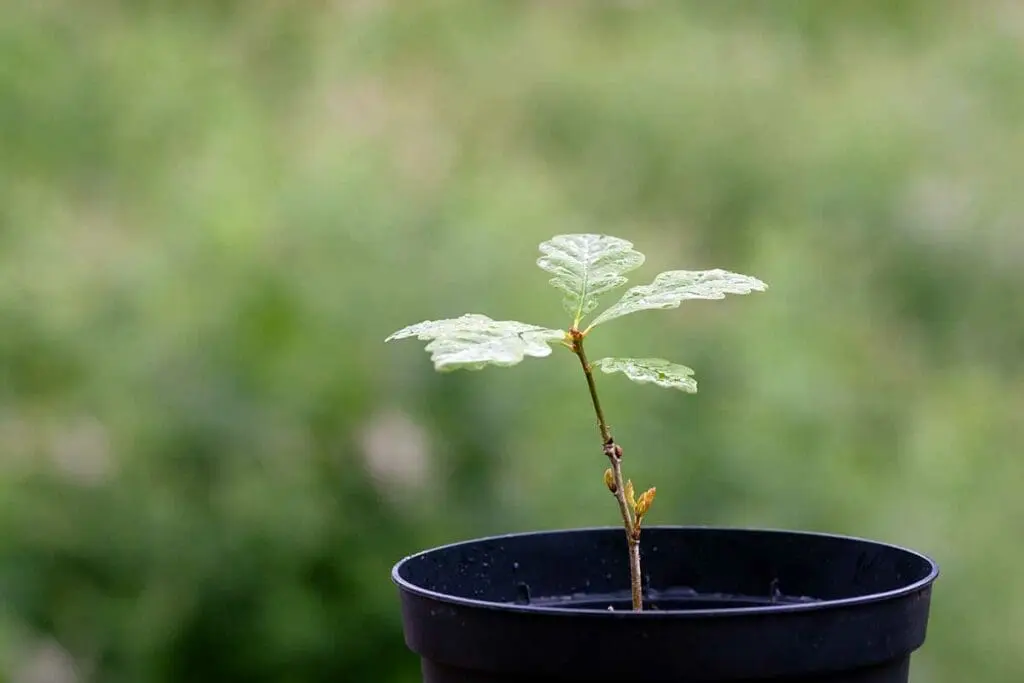
Tip: You should not forget to water your oak frequently during dry times (when young) as it needs a lot of moisture. Be aware that it needs a large amount of space so, although easy to grow from seed, should only be planted where it will have room to grow.
Click here for more information about pedunculate oak
Sorbus aucuparia – Rowan (relatively small/easy)
If you’re looking for a relatively small tree, then rowan may be an option, because it is relatively easy to grow. The tree can reach a height of 9m (30 feet). Rowan is very frost-hardy, wind-resistant and has deep roots, so can grow even in rocky areas. It tolerates poor, thin, acid soil. Rowan berries are enjoyed especially by thrushes and other bigger songbirds.
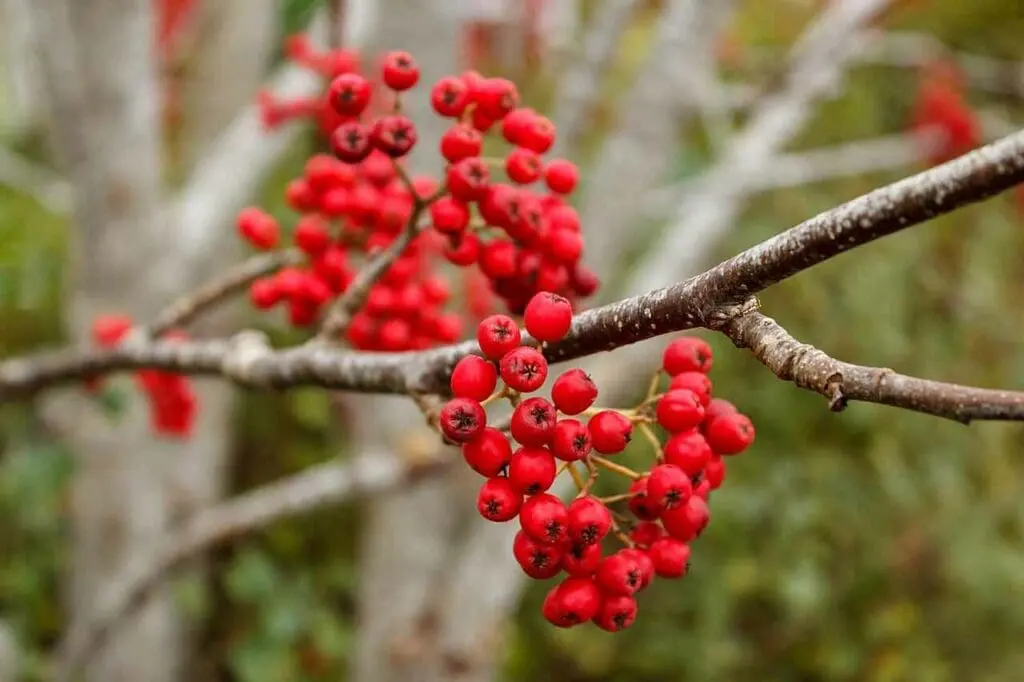
Tip: The rowan likes plenty of light and air and, therefore, doesn’t like to grow under other trees.
Corylus avellana – Hazel (relatively small/easy)
Another small tree, which is relatively easy to grow, is the hazel tree. The tree grows to about 6m (20 feet) and needs a non-acid, moist soil and it likes a mild climate. The hazelnuts attract many species of wildlife including squirrels and wood mice.
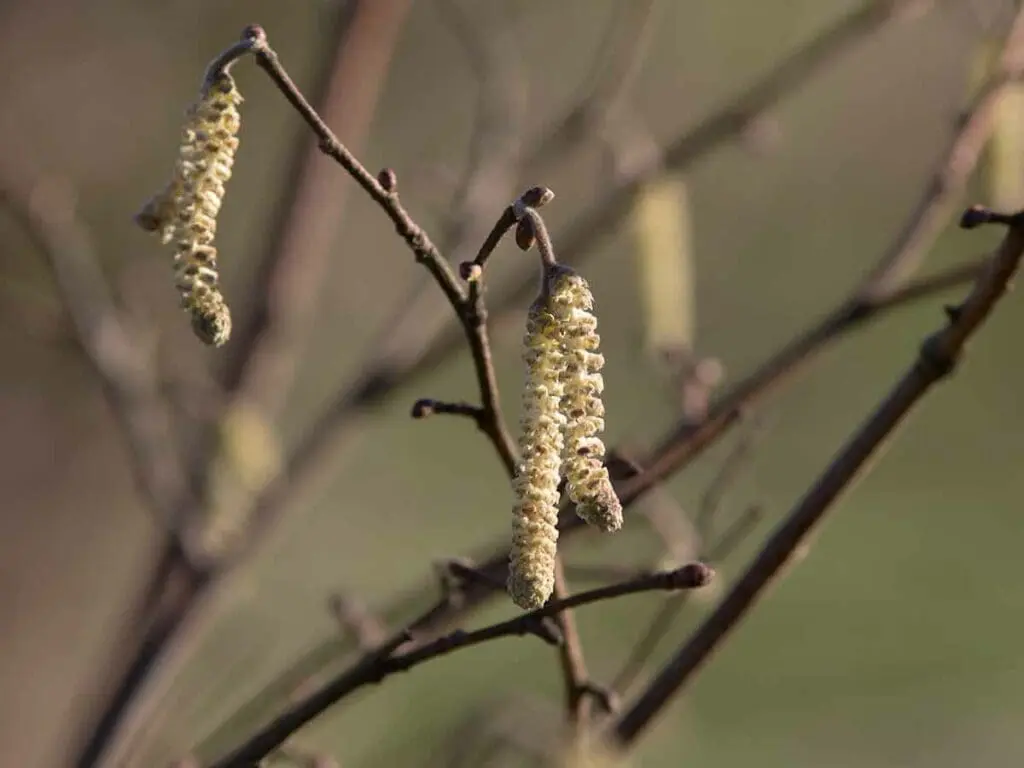
Tip: Every few years, during the winter, cut the stems back to ground. This enables the tree to produce several new and straight stems and stops it getting too big.
Euonymus europaeus – Spindle (small/more demanding)
Spindle grows in either dry or moist soil, which is usually rich in lime. It grows on the edges of woodlands and in hedges. The tree can reach a height of 6m (20 feet). The whole plant is poisonous if eaten in large quantities. The leaves of the spindle appear at the same time as the flowers, which will be in May or June.
Tip: Spindle grows best in sun or partial shade and it transplants easily.
More information about spindle
Things To Consider After Having Chosen Your Tree(s)
It is important to select the correct tree(s) for your wildlife garden. However, it is equally important to follow the proper steps in the placement of the tree(s) and the planting, to ensure that your trees have the best chance for a long life. Therefore, before planting your tree, consider the tree’s ultimate size. When the tree nears maturity, will it be too near your house or other structures (like your neighbour’s house)? Will it provide too much shade for your vegetable and flower gardens? Other points that should also be considered when planting trees are:
- Condition of soil and nutrients available – is the soil clayey, sandy, loamy, or a combination of these?
- Amount of moisture available – does the site hold water or drain well?
- Amount of available light – is the site shaded, partially shaded or in open sun?
- Soil pH – is your soil alkaline or acidic?
- Competing plants – is there grass or other plants that will compete for nutrients?
It is very important that you plant your new trees with the correct spacing. What is usually suggested for woodland areas is a 2 or 3m spacing between each tree, which will enable the trees to establish themselves quickly, without competing with one another. You can find more advice about spacing here.
From the tree nursery to your garden
When you visit your tree nursery, you will find that trees are packaged in different ways. The three most common ones are root-balled, containerized and bare-root.
Root-balled trees are dug up from the tree nursery with a special tree spade, which allows a large ball of soil to remain attached to the root system. This method has distinct advantages for larger trees. One disadvantage is the weight of the ball, which makes the planting process relatively difficult. Another disadvantage is the cost.
Container-grown or potted trees are two types of containerized trees. Container grown trees have been grown in large plastic containers. They are generally smaller and lighter than root-balled and therefore easier to plant. A disadvantage of this method is that the tree’s roots may circle around the pot and become pot-bound.
Potted trees are grown in the ground, then removed and placed in plastic containers. They are smaller and lighter than root-balled trees. The soil is loosely attached to a smaller root ball and the trees are therefore also easier to plant.
Bare-root trees are trees lifted with no soil on the roots. These trees are not kept in containers but are grown in an open field. They are the easiest to plant but the trees are generally smaller in size. Bare-root trees must be planted within a week of being bought and the roots must be kept moist to prevent the fine root hairs from drying out (trees are tied in plastic bags in the nursery to achieve this). If the trees can’t be planted within a week, they should be “heeled in” – temporarily put back into the ground – until they can be planted. These trees are always cheaper.
Bare-root trees sold in our nursery can only be planted in the winter (between mid-November and mid-March) when they are dormant. Planting in frozen soil is tough on tree roots, not to mention tough on you, so should be avoided.
Remember that a properly planted and maintained tree will grow faster and live longer, which will be of great enjoyment for you and the wildlife surrounding you.

